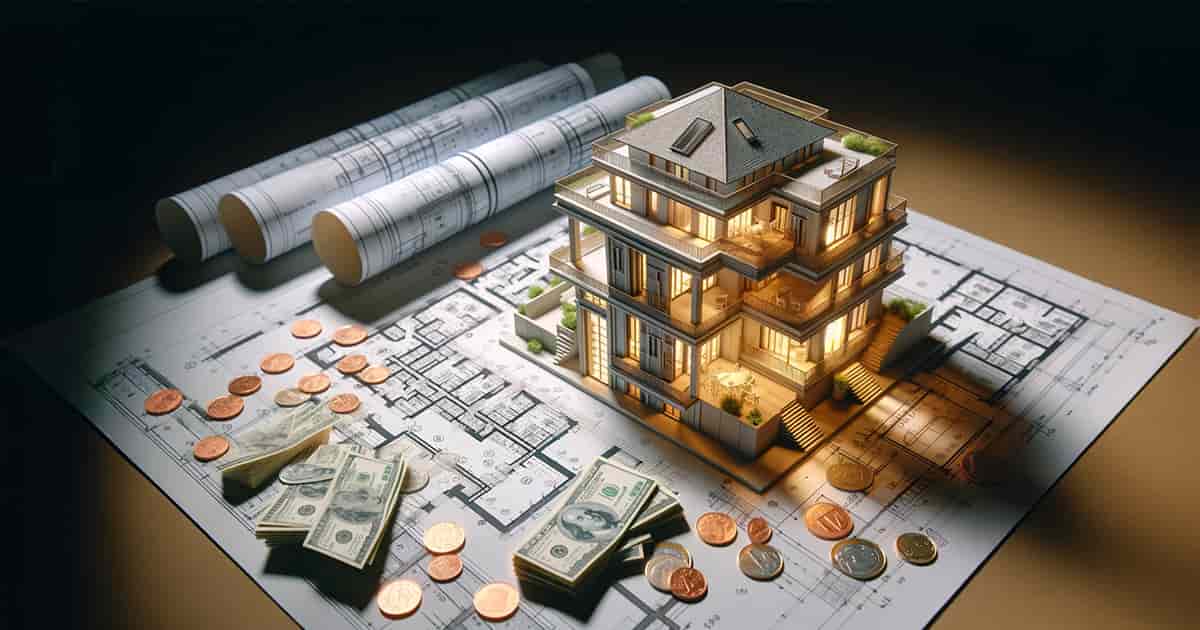


Architectural visualization is defined by high levels of interactivity, accuracy, and realism.
[January-2025, Canberra] Architectural visualization has emerged as one of the most transformative tools in modern design and construction, empowering architects, developers, and clients to bridge the gap between imagination and reality. Over the decades, its evolution has been marked by rapid advancements in technology and creativity, making it indispensable for creating, communicating, and refining architectural designs. As the industry continues to innovate, the future holds exciting possibilities that will redefine the role of visualization in architecture and beyond.
The origins of architectural visualization date back to hand-drawn sketches and intricate physical models that designers used to conceptualize and present their ideas. While these methods were effective, they were limited in scope and detail. The advent of computer-aided design (CAD) in the 1980s revolutionized the field by introducing digital tools capable of creating precise 2D and 3D models.
In the 1990s, 3D rendering software like 3ds Max and SketchUp brought photorealism into the mix, enabling architects to craft lifelike representations of their designs. These tools also made it easier to iterate designs quickly, paving the way for faster project development cycles. By the 2000s, advancements in rendering quality, lighting simulations, and interactive tools made architectural visualization an integral part of project planning, marketing, and client presentations.
Today, architectural visualization is defined by high levels of interactivity, accuracy, and realism. State-of-the-art tools combine artistry with technology, resulting in immersive experiences that were once unimaginable. Some of the most influential innovations in the current landscape include:
The future of architectural visualization will be shaped by emerging technologies and trends that push the boundaries of what’s possible. Here are some key developments to watch:
The evolution of architectural visualization is having a ripple effect across the design and construction industries. By improving communication and collaboration, these tools minimize errors, reduce costs, and accelerate project timelines. They also empower clients by giving them a clearer understanding of project outcomes, fostering trust and satisfaction.
Beyond architecture, the applications of visualization technologies are expanding into fields such as urban planning, real estate, and even entertainment. Cities are using these tools to create virtual models for public engagement, while developers leverage them for marketing properties before construction begins.
The evolution of architectural visualization reflects the rapid pace of technological advancement in the modern world. From simple sketches to fully immersive virtual environments, the journey has been one of continuous innovation. As the industry embraces AI, VR, and other emerging technologies, the potential for architectural visualization to transform how we design, build, and experience spaces is limitless. For architects and developers, staying at the forefront of these changes will be essential to unlocking new possibilities and shaping the future of the built environment.
